Sarah: I want to go back to one thing you said about that neutral third party. Because if there’s anything I can impart to a new artistic director, especially somebody taking over for a founder, it would be that. Having that third party was key. We stumbled into it, it wasn’t our plan.
I’m thinking about David Dower’s intro article in this leadership series, which we both responded to really strongly. He talks about raising money for the transition because there will be a valley. Subscribers will fall off. Your audience and donors will change. You will be doing epic vision work while trying to keep the doors open. I wish I had David’s article three and a half years ago, when I started at the Jungle, to know that was normal. It would have saved me a lot of sleepless nights.
Originally, I thought it would be important to me to have artistic director mentors. And that has been really important on larger philosophical things. But the thing that has made the biggest difference is having an expert in not-for-profit systems and business models, and an expert in the culture of Minneapolis and Saint Paul.
Looking back, I wish the theatre would have raised money for the transition. Between the time I took the job and the time I got to Minneapolis, which was a couple of months, the finances of the theatre had changed fairly dramatically. Nothing untoward, just the nature of not-for-profits. So I was coming on board with all this excitement about change and knowing—my intuition—that it would be really important to be bold and take risks. But cash flow was challenging. And that’s a horrible feeling, to know I need to take risks and yet there is no cushion, no support, and a board that is justifiably concerned about finances.
That crisis moved us quickly into having third-party strategic thinkers come on board to help us: Kathy Graves at Parenteau Graves and Robin Gillette at Arts Progress. That was a gift because they were able to speak to the board in a different way than I could. Or the board could hear them in a different way because of their decades of experience in not-for-profit leadership. That then allowed me a little peace of mind to feel like I could drive the artistic vision forward. And I knew that somebody else was in my corner to talk to. Even with good board members and board leadership, it’s really hard sometimes to be as frank or as vulnerable with them as I could be with a neutral third party.
I would encourage people to do strategic planning as soon as they can, so that conversation gets started in a visionary way, not an emergency way.
Joanie: I don’t know how frank and vulnerable one should be with the whole, you know? Even if you lead with vulnerability, you can’t just unload on everyone. You’re still the leader.
Sarah: Absolutely.
Joanie: That’s important for the stability of the organization and the trust people have.
Sarah: One of the biggest challenges for me is to not see it as a weakness to be honest with my board about what’s challenging for the organization. Instead, I try to contextualize concerns in a way that isn’t scary or negative, just an honest reflection of where the organization is and where it needs to grow.
We did strategic planning soon after I joined the organization, which was a really important reset for the culture of the board. I think a board’s relationship to a founder is different than to a new leader. I would encourage people to do strategic planning as soon as they can, so that conversation gets started in a visionary way, not an emergency way. It feels like not-for-profits are always in a state of emergency, and that’s tricky. As freelancers, we’re wired for this really short timeline, this sprint; we’ve got to get a show open. And I’m finding, in terms of the longer landscape of institutional leadership, that it’s a marathon. I can’t treat being in the office like being in rehearsal, or I will kill myself.
Joanie: Yes. When I first moved to Dallas, I really felt like I was just doing a freelance gig for a little while. My body didn’t understand. When it went on for about six months, finally I realized I was working too many hours a week. Intellectually I knew it was a long game, but when you’re used to working so much more quickly because you’re a director, it really is necessary to adjust your pace at a cellular level so that you don’t burn out.
Sarah: What have you found in that? What have you learned about managing people and boards long-term, or transferring or adapting your skills from rehearsal into the longer arc of leadership?
Joanie: I read a lot of Michael Kaiser’s work on arts leadership, and I think his advice to think long-term and to plan projects further into the future is essential. It’s good for fundraising and creating stable organizations, but it also pulls you out of the day-to-day or even the month-to-month or season-to-season. You’re thinking three years out, five years out, all the time. I think that can automatically help you slow down and think about the actual steps to get there.
Sarah: Talk to me in a practical sense, though, in terms of when everything feels like it’s always on fire, how do you carve out the time to think long range? Or is it just that, in the pockets of time you have in your subconscious, you’re working out those larger ideas?
Joanie: I think it’s really hard. I’m not going to say I’ve mastered that. That’s why it’s important for all of us, in all our nonprofit organizations, to put boundaries around our time. Make sure we take personal time. As an artist and creative thinker, I’m a secret introvert. So I have to go away.
Sarah: I’m also a secret introvert.
Joanie: Yay for secret introverts!
Sarah: It’s been a big learning for me to advocate for that. So much of life is overcoming one’s own worst enemy in that way of thinking. “I don’t have time for….” Or: “This is going to inconvenience someone.” Rather than saying: “I need to claim this space.”
Joanie: I read a book early on in my tenure at WaterTower, Todd London’s The Artistic Home. It’s a bunch of discussions, from the eighties, with a group of artistic directors. They’re talking about what their issues are and what they’re trying to do. It’s an interesting book to read because many of the things they’re struggling with are exactly the same as ours now.
One of the topics is about how to still be creative artists, as directors, in planning long-term artistic projects and in leading the organization itself. I think—especially right now, in this moment where the culture is changing and we’re all looking at how our institutions are working and not working—we’re going to see a lot of creative rethinking about how these institutions are even structured. In order for us to participate in that, we have to have that creative time.
Sarah: And it’s an opportunity to recreate structures—not just to mirror what has been done before, but to find our own.


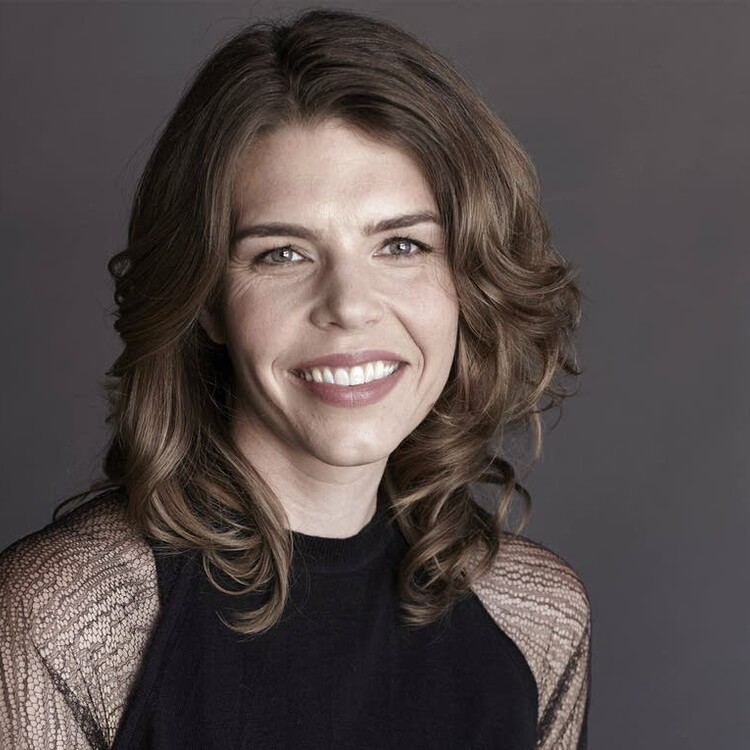

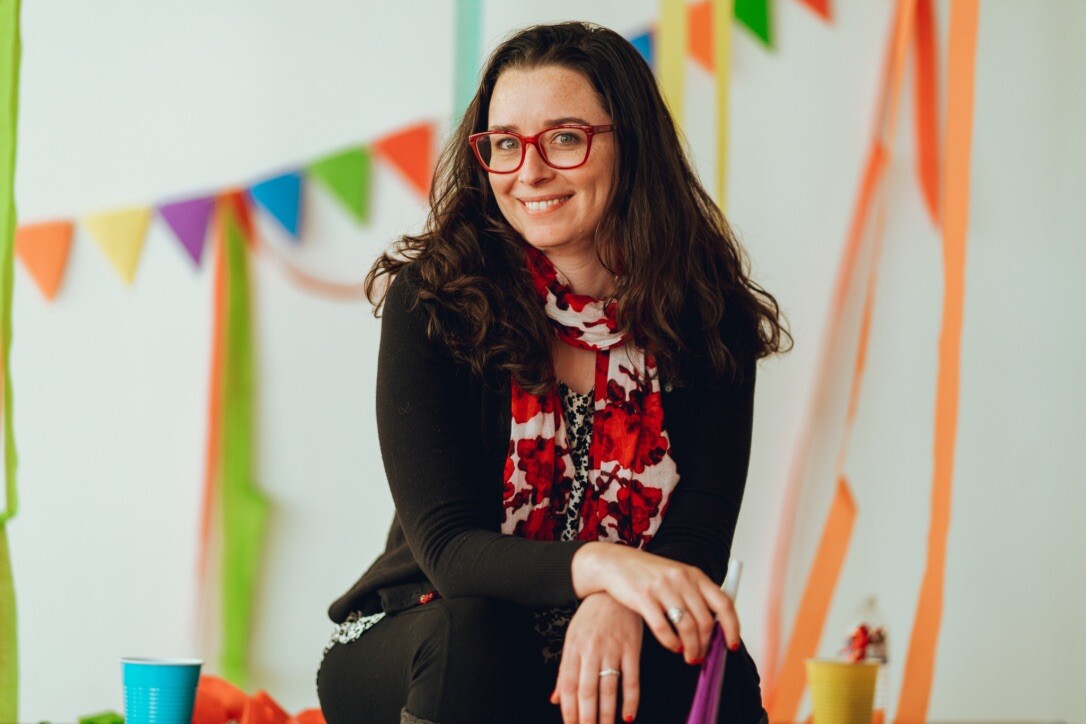
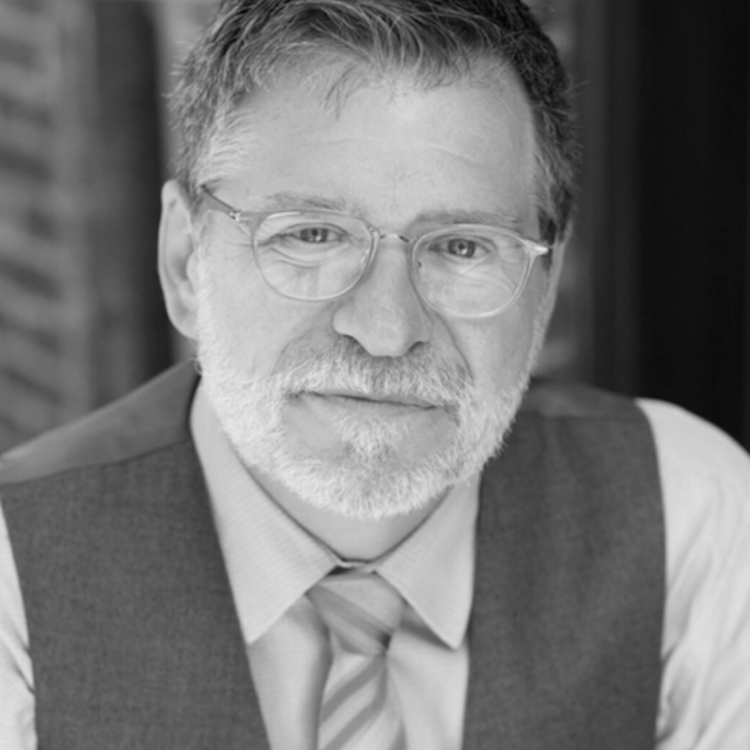
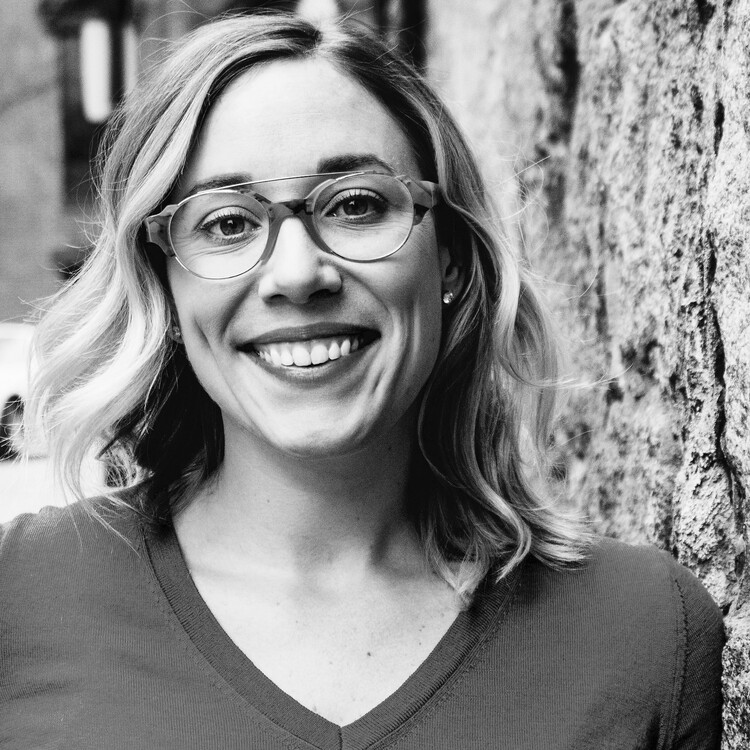
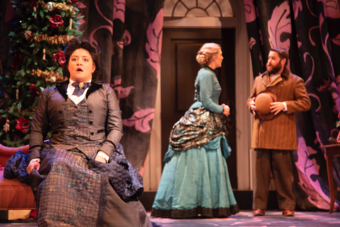





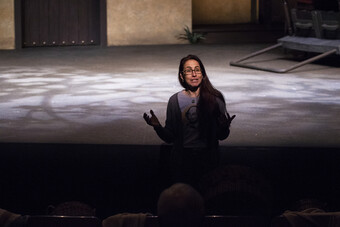


Comments
The article is just the start of the conversation—we want to know what you think about this subject, too! HowlRound is a space for knowledge-sharing, and we welcome spirited, thoughtful, and on-topic dialogue. Find our full comments policy here
There is so much value in this conversation. (Spoiler alert: the conversation is being published in two parts, there was so much exchanged in their call.) In addition to the wisdom, I am struck by the pain and the sense of groping along in a dark room trying to find the light switch. This is the very thing I was trying to help with, and I am indebted to Sarah and Joanie for their openness and their generosity in sharing their experience, their questions, and their challenge to the field. I'll wait for the rest of the discussion to land and pick up some of the threads here.
Joanie, Sarah: thank you both.
Thank you, Sarah and Joanie, for honestly and thoughtfully sharing your experiences in leading complex artistic institutions. The failure of theaters to support leadership transitions is field-wide. That prompted me to found TheaterLeader.com two years ago, and its Artistic Director Entrance Program. The entire organization and its constituents go through a transition with a new leader. Boards need to spend a fraction of a search cost to ensure the new artistic or managing leader have the best chance for success. There are many of us ready to help.